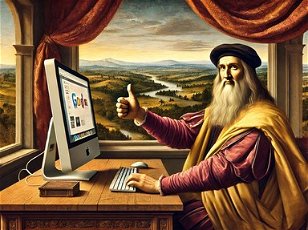25. What home essential did the Briton Frederick Walton come up with in 1855 that has divided opinions ever since?
From Quiz Greatest British Inventions: Part Four
Answer:
Linoleum
Before Walton got in on the act, our homes had floors of wood, stone, carpet or mud - if you were very poor.
There was another covering, India rubber, but it was very expensive. Walton discovered that solidified linseed oil (linoxyn) could be an alternative. It was also ideal for places where the floor was likely to get wet a lot, such as kitchens and bathrooms, was much cheaper, and could be made with a huge variety of patterns.
Early on it did not wear well. Linoleum could dent or be fractured by high heels or sharp objects. It also faded quickly in sunlight. Lino, as the new material became known, had its heydays in the 1950s and 1960s, but is still manufactured.
Modern Lino has its pros and cons. On the good side is it is eco-friendly, water resistant and stylish, and with good maintenance, can last for 40 years. On the bad side it is high maintenance, not waterproof, can be damaged by pets' claws, is difficult to lay, and is pricy.
* Yes, pedants, there is a difference between water-resistant and waterproof.








